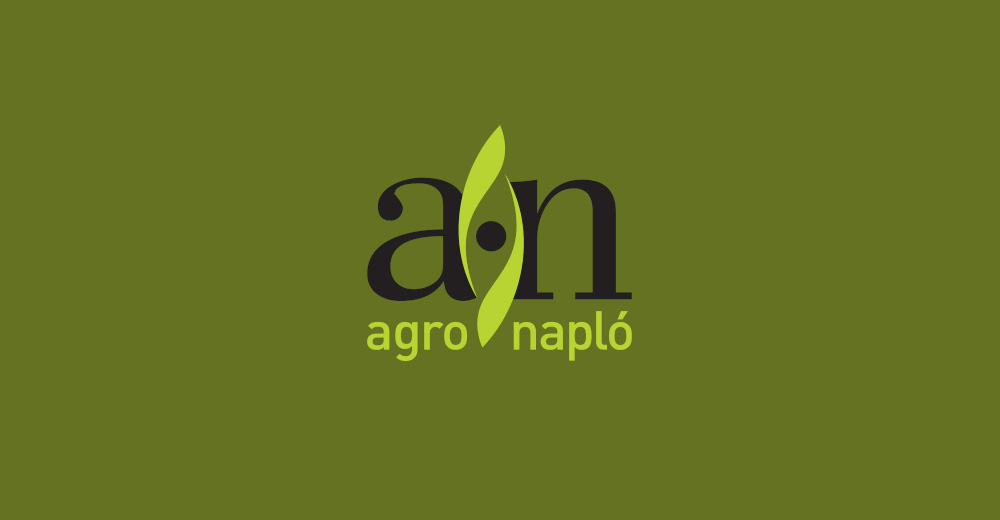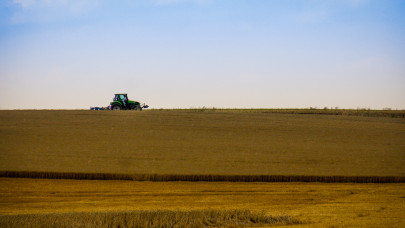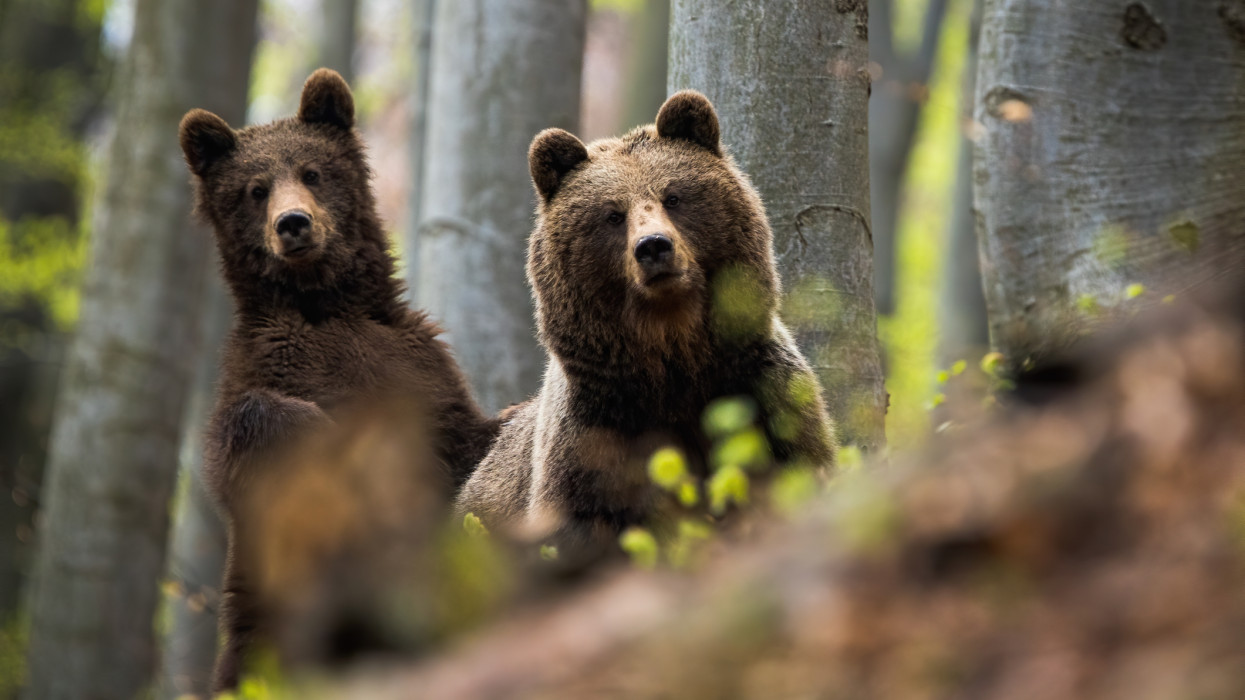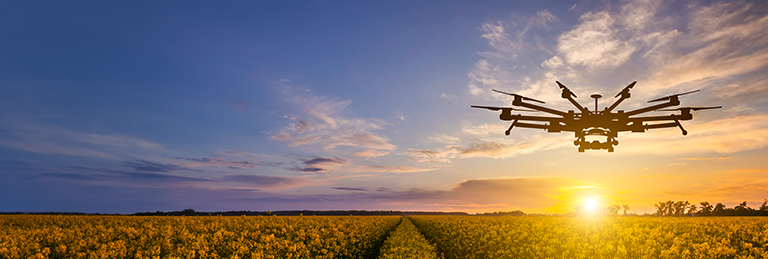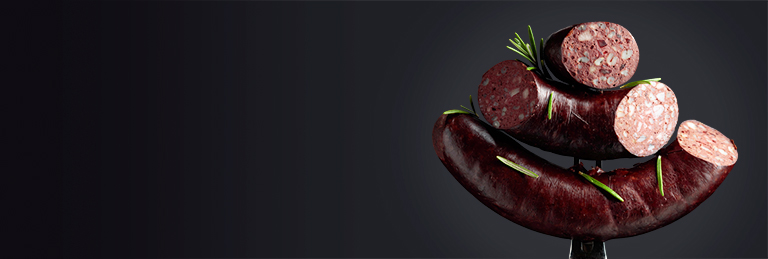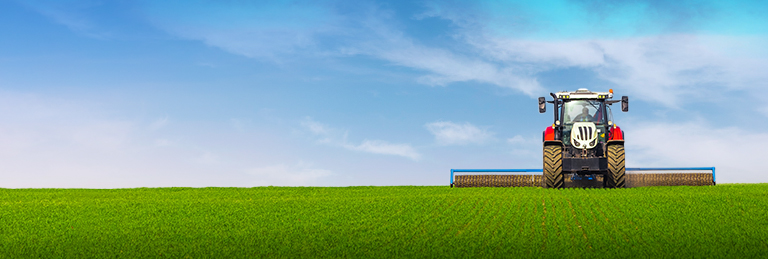This information comes from the economic accounts for agriculture (EAA) for 2021 published by Eurostat today. This news item presents a handful of findings from the more detailed Statistics Explained article. Eurostat will also publish the first estimates of the EAA for the year 2022 on 19 December 2022.
Almost three quarters of the value of the EU's agricultural output in 2021 came from seven Member States; these were France (€82.4 bn, equivalent to 18% of the EU total), Italy (€61.2 bn, or 14%), Germany (€59.2 bn, or 13%), Spain (€57.1 bn, or 13%), the Netherlands (€30.6 bn, or 7%), Poland (€27.9 bn, or 6%) and Romania (€21.1 bn, or 5%).
A majority of the EU Member States registered a rise in the value of agricultural output in 2021 compared with 2020. The sharpest rates of increase were recorded in Bulgaria (+37%), Romania (+25%) and Czechia (+16%). By contrast, the values of agricultural output in Finland, Malta and Cyprus remained broadly unchanged in 2021 from their respective levels in 2020, and decreased in Denmark (-2%) and Slovenia (-4%).
Among other key Member States, the value of agricultural output increased by 10% in Spain, 8% in France and the Netherlands, 6% in Italy and Poland, and 3% in Germany.
A little more than half (55%) of the value of the EU's agricultural output in 2021 came from crops (€248.7 bn, +13% compared with 2020). A little more than one third (36%) came from animals and animal products (€163.1 bn, + 3% compared with 2020). The remaining share came from agricultural services and secondary activities.
EU agricultural input costs not related to investment (intermediate consumption) were 10% higher in 2021 than in 2020.
The changes in the value of agricultural output and intermediate consumption in 2021 resulted in a 6% rise in the gross value added generated by agriculture.
For more information:
- Statistics Explained article on the performance of the agricultural sector
- Dedicated section on agricultural statistics
- Database on agriculture
- All publications on agriculture
Methodological notes:
- The value of agricultural output comprises the values of crop production, animal production, and "other items" i.e. agricultural services (for example, the processing of agricultural products, or agricultural contract work) and it is inseparable non-agricultural secondary activities (for example, certain agritourism activities).
- Values at basic prices are values at producer prices from which taxes on products have been subtracted and subsidies on products have been added. Unless otherwise stated, all values are calculated using current prices and exchange rates.
Agricultural labour productivity
The economic performance of the agricultural industry can be measured in terms of net value added at factor cost, which is gross value added adjusted for the consumption of fixed capital, and subsidies and taxes on production. It is also known as factor income, as it is the remuneration available for all the factors of production (land, capital and labour).
Factor income in the EAA can be expressed per full-time labour equivalent. As such, it is considered a partial labour productivity measure; it is a measure of the net value added by the equivalent of each full-time worker in the agricultural industry. This productivity indicator is measured in real terms (adjusted for inflation) and expressed as an index (called Indicator A). It should not be confused with total income of farming households or the income of a person working in agriculture.
To understand the development of this agricultural income measure, it is first necessary to understand the development of the agricultural labour amongst which this remuneration is notionally shared. With so much part-time, seasonal and unsalaried labour input in agriculture, the amount of work actually carried out in farming activities is best described when using a unit called the annual work unit (AWU). This unit expresses the volume of work done in full-time work equivalents.
Downward trend in the volume of agricultural labour in the EU continued in 2021
Agricultural labour input in the EU was the equivalent of 7.9 million full-time workers in 2021.
A majority of total agricultural labour input is non-salaried labour; it was the equivalent of 5.5 million full-time workers in 2021. Salaried labour was the equivalent of 2.3 million full-time workers in 2021.
There is a long-established downward trend in the number of people working in the EU's agricultural sector; during the period between 2006 and 2021, the average rate of decline in the volume of agricultural labour used across the EU as a whole was 2.9 % per year. The downward trend continued in 2021 albeit at a slower pace (-1.0 %).
Less total agricultural labour input was used in most Member States in 2021, with particularly stark contractions continuing in Bulgaria (-9.9 %), Latvia (-8.9 %) and Lithuania (-6.6 %). At the EU level, these contractions were largely offset by the greater use of labour in Spain (+6.3 %).
In a few Member States, particularly Austria, Spain, Romania, Belgium, Sweden and the Netherlands, more salaried agricultural labour was used in 2021 than in 2020 (see Figure 4), in part reflecting an increase in hiring requirements at seasonal peaks. This was often in contrast to the overall decline in the total amount of agricultural labour used.
Full article available via the link below.

